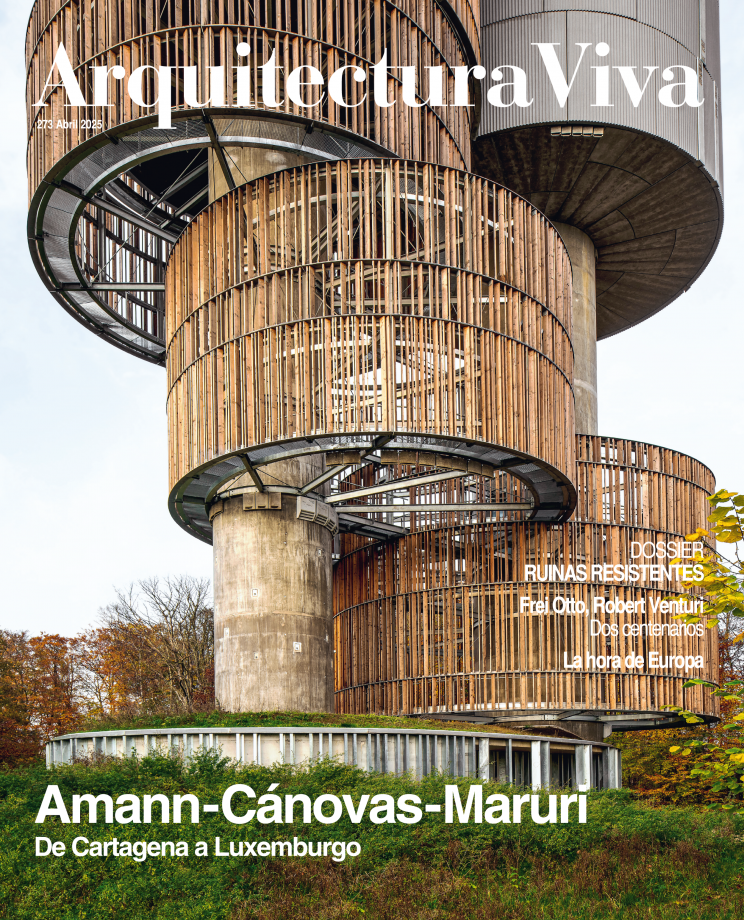
“Young Caipira dressed by Poiret.” These words of her second husband, the modernist poet Oswald de Andrade, sums up the contradictions that surround Tarsila do Amaral: a woman of the world, born into a wealthy family of landowners and brought up with an exquisite French education, but also one of the artists who planted the image of an exotic Brazil that would take root in the collective imagination. Alternating study sojourns in Paris throughout the 1920s, with Andrade and other artists she formed the Grupo dos Cinco, which sought to find new means of expression that tied up with the country’s indigenous and Africa-descended culture. So, little by little, the lessons of cubism and primitivism were in her paintings contaminated with a colorful palette and with shapes inspired by the landscapes of São Paulo, Rio de Janeiro, and Minas Gerais. She illustrated the Anthropofagic Movement, a syncretism that ‘swallowed’ the colonial legacy to create something exuberantly Brazilian, even though it later on adopted a more militant tone in response to the agitated transformations of the Vargas Era, in an aesthetic swerve being presented through 1 June in a comprehensive retrospective show at Bilbao’s Guggenheim.






